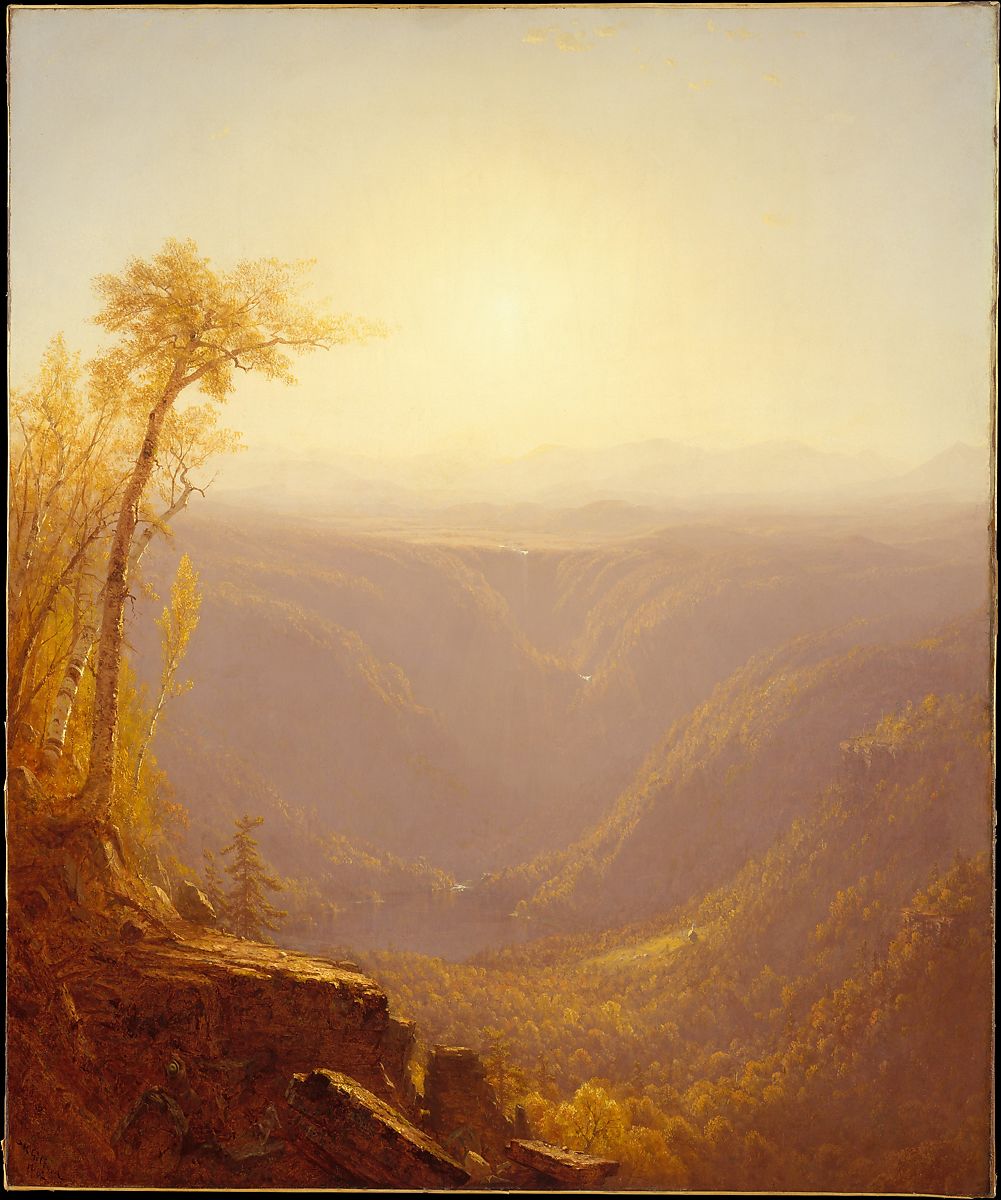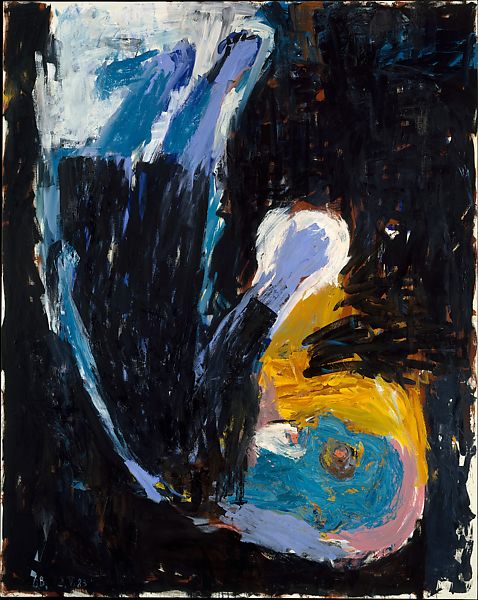oil paint
The advent of oil-based paint in Europe changed how an artisan would approach the subject matter and methods of expression. During the 15th century, blending colors became easier compared to tempera, although oil paint had a very long drying time.
Oil paint is made of pigment, linseed oil and thinner.
Pigments can be from nature or synthetic, human-made sources. Linseed oil dries slowly. Turpentine acts as a solvent and thinner.
Paint is a liquid media comprised of pigment, binder and solvent.
Oil paint is made of powdered color pigment mixed with linseed oil, and can be thinned with turpentine.
Techniques of applying oil paint can vary. Brushes in the hand of an artist can show wild expression, quiet passivity or tenuous investigation.
Dramatic strokes
Vincent van Gogh (1853-90, Netherlands) used heavy brushstrokes with intense color hue to express the energy of his being.
Large shapes
Paul Gauguin (1848-1903, France/Tahiti) used oil paint to create color shapes with subtle variations of hue to describe humans, objects and landscapes.
Flat geometry
Piet Mondrian (1872-1944, Netherlands/New York City) experimented with abstracting landscapes and eventually reducing scenes to pure geometry.
Subject matter in painting has no limits. Portraits, landscapes, and still life paintings fill traditional galleries but new contemporary artists revise the past, and infuse new spirit into what paint might represent.
Invisible brush strokes
Vanitas painting of still life that would age, rot or dissolve was created with invisible brush strokes, allowing focus on the subject matter rather than the artist’s hand. This was popular in the Netherlands in the 17th century with a quiet sense of the temporary aspect of life.
Thick paint on board
Paula Modersohn-Becker (1876-1907, Germany) used thick paint in shaped areas of color to depict an abstract still life of vase and flowers.
Human and Animal Figures. Rosa Bonheur. The Horse Fair, detail. 1852-55. France. The Metropolitan Museum of Art.
Buttery texture
Rembrandt van Rijn…
Synaesthesia
Vasily Kandinsky…
Pointillism
Georges Seurat…
Flow
Claude Monet
Slow drying
Allows for subtle blending (unlike tempera)
Expressive brushstrokes
Oil paint
Paint is a liquid media comprised of pigment, binder and solvent.
Oil paint is made of powdered color pigment mixed with linseed oil, and can be thinned with turpentine.
Techniques of applying oil paint can vary. Brushes in the hand of an artist can show wild expression, quiet passivity or tenuous investigation.
Technique
Oil paint has been applied to a canvas or surface in any way you can imagine and by any tool you can imagine.
Historically oil paintings were made by glazing thin layers of color over a monochromatic composition. These thin layers allowed light to pass through the surface layers of paint and reflect off the white ground giving the work the appearance of being lit from inside.
-
-
-
-
-






































